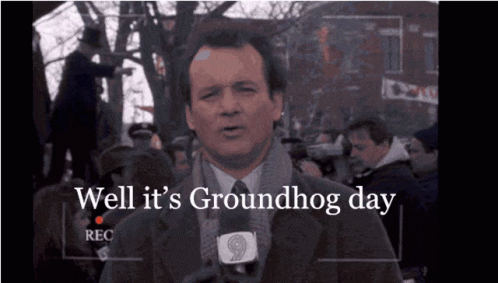60 is the lowest the roster can go before people turn on the game for being too small relative to Ultimate. Let's try making a roster with 50 characters to demonstrate why that is:
- Let's assume there are 35 veterans and 15 newcomers.
- Obviously, you have to have the original 8, so that's almost a quarter of your veterans right there (8/35).
- Any ongoing Nintendo franchise will have at least one rep, so let's add
 ,
,  ,
,  ,
,  ,
,  , and
, and  (14/35).
(14/35).
 ,
,  , and
, and  , while the stars of inactive franchises, come from very fondly remembered games and are popular Smash staples, so they'll almost certainly be in the game (17/35).
, while the stars of inactive franchises, come from very fondly remembered games and are popular Smash staples, so they'll almost certainly be in the game (17/35).- There're going to be some third parties in this game for sure. Everyone seems to agree
 ,
,  ,
,  ,
,  , and
, and  are safe regardless of what happens (22/35).
are safe regardless of what happens (22/35).
 ,
,  , and
, and make money (25/35).
make money (25/35). ,
,  ,
,  ,
,  ,
,  ,
,  , and
, and are pretty universally agreed to be guaranteed additions (32/35).
are pretty universally agreed to be guaranteed additions (32/35).- It's very unlikely that none of the retro characters will return or that Pokemon will have one veteran, so let's add
 and
and  (34/35).
(34/35).
Regardless of who the final veteran is and whoever the 15 newcomers are, I don't think this roster is salvageable. Even if you got rid of Game & Watch, Ganondorf, Ness, or other crazy **** like that, there's not enough room to tilt the arrow. Most franchises' representation has been gutted back to somewhere between Melee and Brawl (probably closer to 64 for Pokemon). About 80% of the developments that Smash's roster has seen in the past decade are gone.
These aren't "people are being unreasonable and expecting Everyone is Here Again + Knuckles"-tier problems, these are "Wait, they cut ****ing Meta Knight!?"-tier problems. Echo fighters can ameliorate that to an extent, but nothing will win Smash's good will back beyond, bluntly, prioritizing substance over novelty. Cool new additions will collapse without a solid foundation, even if that foundation comes at the cost of those new additions.


